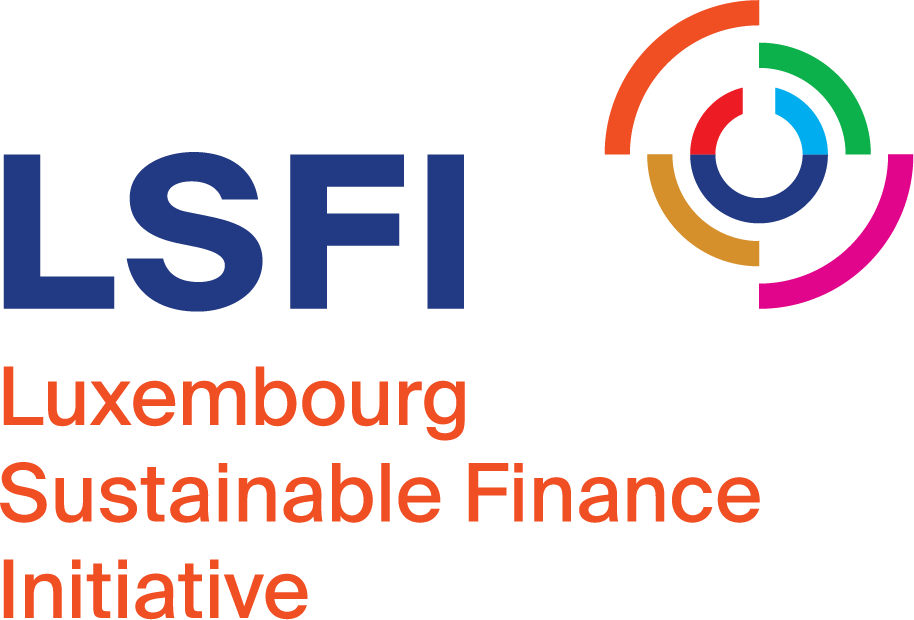The Luxembourg Sustainable Finance Initiative is delighted to launch the first release of the “Take Action” section of its website directed to financial professionals who seek to transition towards sustainability.
What is “Take Action” about?
It is now well known that the transition towards a more sustainable and climate neutral economy will require massive financing[1].
This is why the European Union has been working on a comprehensive regulatory framework to support the development of sustainable finance. As such, sustainable finance is a means to help improve the flow of money towards more sustainable technologies and businesses, and more generally towards the transition to a sustainable economy[2].
However, sustainable finance is a new, fast evolving, and complex topic. It raises many questions: which strategy to use, which initiative to follow, how to embed Environmental, Social and Governance (ESG) criteria in invest decisions, how to measure the impact of financial decisions, what supporting instruments to choose, etc.?
The “Take Action” pages aim to help financial professionals, private investors and savers to “Take Action” by giving them practical tools to navigate the sustainable finance’s complex landscape. To this end, the Take Action pages will not only clarify key sustainable finance related themes but also be structured in such a way to ensure that a financial professional can easily find the information suited to her/his needs.
What does this first release contain?
Have you ever heard of the Climate Action 100+, the UN PRI, the ICMA Green Bond Principles, etc? Have you ever wondered what these instruments are about? Have you ever considered they could actually help you?
This first release of our Take Action pages targets financial professionals and focuses on a comprehensive selection of such sustainability-related instruments. In order to clarify their objectives and role, we have classified them under the 4 following categories: Initiatives, Frameworks, Standards and Tools. You will find an overview of their use, why and when joining these instruments and a comprehensive list of each of them.
Why should a financial professional check this section out?
Initiatives, Frameworks, Standards and Tools are different instruments available for asset managers, asset owners, financial institutions, and other financial actors to support them on their journey towards increased sustainability.
For instance, some of these instruments provide collaborative support and guidance to facilitate the integration of ESG criteria across the organisation and the investment process. Others help measure and report using science-based data.
If you are looking for support in your transition towards increased sustainability, these Take Action pages will provide you with a detailed overview of what is available and help you find out which one(s) adapt(s) better to your sustainability objectives.
How can a financial professional navigate this section?
This section is divided into five parts. The first one, called “Overview” provides a glimpse of why, how, and when these instruments can be used. The remaining four (Initiatives, Frameworks, Standards & Tools) give further details on each of these instruments and gather a comprehensive list of the different available ones.
To facilitate the navigation, you can use filters that will help you narrow down your search depending on themes, targets, or geographical coverage. A search function by keywords is also available. We recommend that you access these webpages from your laptop on a full screen browser to ensure its best readability and technical usability.
What’s next?
Start navigating the Take Action section and discover what instruments are there to help you transition towards more sustainability.
We would also like to let you know that your feedback is essential to us. Therefore, if you have any comments or suggestions, please fill in this form. We will revise these new pages every six months, taking into account your feedback and other relevant market developments.
Notes:
- [1] The European Commission estimates for instance that « with the 55% GHG target, annual investment in the energy system will need to be around EUR 350 billion higher in the coming decade (2021-2030) than in the previous decade (2011-2020) ». Cf. State of the Union: Questions & Answers on the 2030 Climate Target Plan).
- [2] Cf. EU’s Strategy for financing the transition to a sustainable economy





